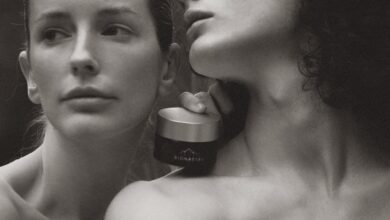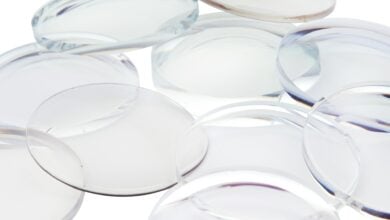To say that solid wood flooring has played an integral role in home design would be somewhat of an understatement.
During the early 17thcentury, European hardwoods became a primary choice of flooring, replacing the impractical marble of French aristocratic residences. Since then, solid woods have seen almost universal appeal, remaining at the forefront of interior fashion for both their functionality and appearance.
Of course, the stylistic characteristics that defined many aspects of the 1600s are no longer desirable for the contemporary interior moment. In fact, it’s no stretch of the imagination to suggest that trends are less stable now than they ever have been. In wake of instant communication via the internet, it’s easy to collect ideas and influence from cultures, traditions, and countries that would have been previously inaccessible to the average person. The result is an ever-changing landscape that’s being frequently re-sculpted to form the next best thing.
Consequently, the question surrounding solid wood’s relevance is a pertinent one. What can a material that’s historically rooted in an archaic fashion statement offer to our postmodern interior décor? To someone unfamiliar with the world of flooring, it may even be logical to conclude that solid woods are no longer in vogue.
The truth is, they’d be wrong. Interestingly, sales of hardwood flooring have remained consistently high, outselling the more up-to-date alternatives of laminate and LVT.
There are few things in interior design that could be given the moniker of ‘timeless’, but it would appear that solid wood flooring is one of them. Whether it’s an intrinsic connection to nature, a yearning for nostalgia, or a captivation with visual intricacies, there’s something that draws us to hardwood boards. Their appearance offers a unique and undeniable balance of neutrality and complexity. At a glance, there’s a subtlety to wood that makes it an ideal foundation for countless variations of furniture and furnishings. But up close, it’s a bespoke piece in its own right. Each grain and natural imperfection expresses individuality, fractalising into a charismatic tapestry of aesthetic excellence.
Whilst it’s widely accepted amongst design specialists that wood flooring has versatile application, there are certain interior scenarios in which it truly shines. This is most evident in minimalist spaces.
Minimalism has come a long way since its conception as an artistic movement in the 1960s. For interior design, it signifies a laconistic equilibrium of space, lighting, and objects, giving prominence to a succinct colour palate and rigid geometry. Amongst the chaos of modern living, it’s easy to see why this exquisite simplicity is a popular choice. The refined attention to shape, texture, and colour evokes clarity, allowing space for peace of mind.
But minimalistic décor requires finesse to get right. In order to achieve the iconic effect, one must find balance, refraining at all times from toppling into the realm of clinical Brutalism.
It is, perhaps, that unique combination of neutrality and complexity mentioned above that makes solid wood flooring such a harmonious addition to the minimalist aesthetic. Without encroaching on physical space, wood flooring creates proportion, filling the emptiness with the assumption of movement. Each grain works collectively to animate the room whilst abstaining from appearing busy or overwhelming.
This inclusion of ‘life’ is essential. Without it, minimalism can become synonymous with desolation, making for an almost uncanny space. But it is not just the visual attributes of wood flooring that serve to prevent this. Sculpted, distressed, and hand scraped boards offer variations in texture that are distinctive to the touch. Alongside providing tactile intrigue, the embossed surface maintains an authentic tangibility that is often voided by the inherent sparseness of minimalism.
Put simply, wood flooring is an indisputable upgrade to the minimalist aesthetic. There is a warmth that refuses to go understated amongst the crisp, purification of beauty.
Simple, pristine, but never meaningless. A true modern classic.
Author: Brodie Milner is a content executive and flooring expert at Luxury Flooring and Furnishings.Over the course of several years, Brodie has gained a wealth of knowledge about the trade, and always remains committed to giving advice and helpful information to flooring enthusiasts and amateurs alike. Luxury Flooring and Furnishings are specialists in their field, trading in the UK, France, and Ireland. The company has received high praise over the past five years, and continue to be awarded prizes and accolades for their work.




